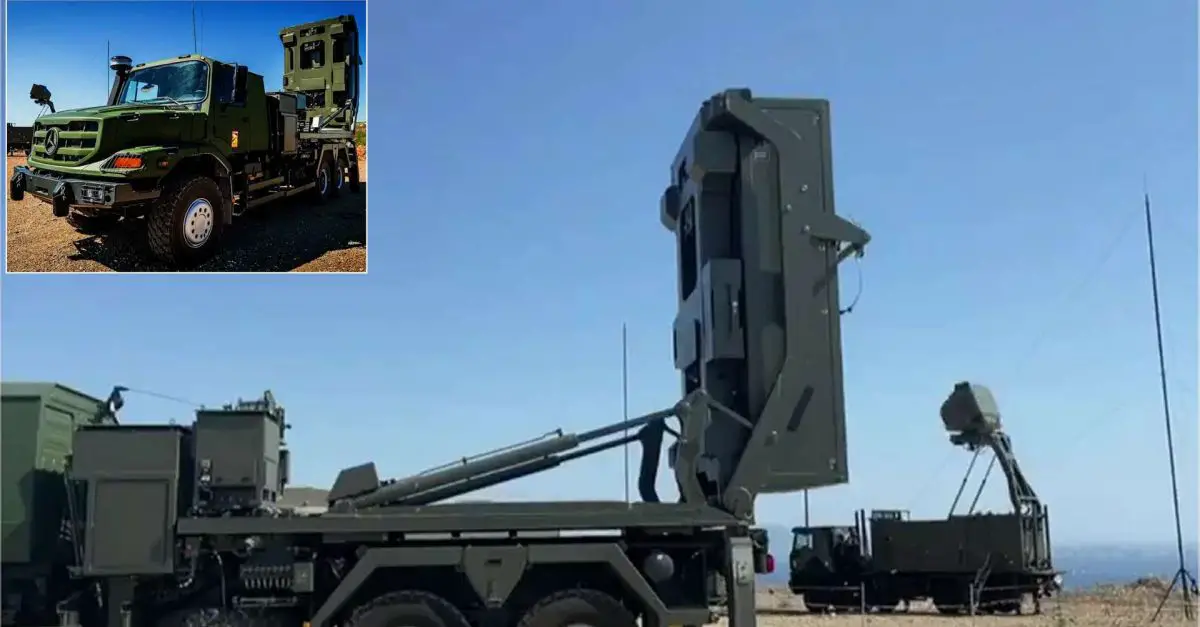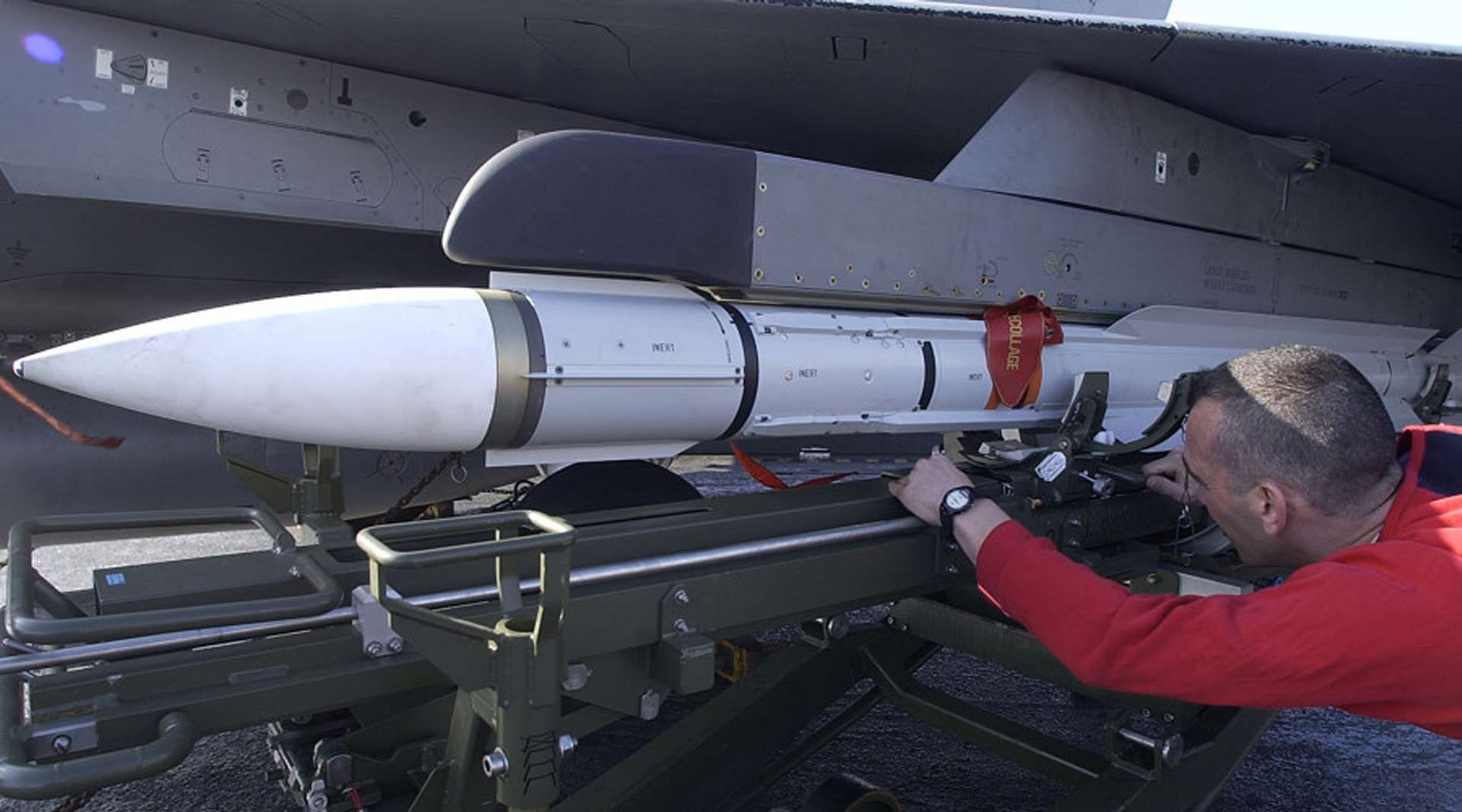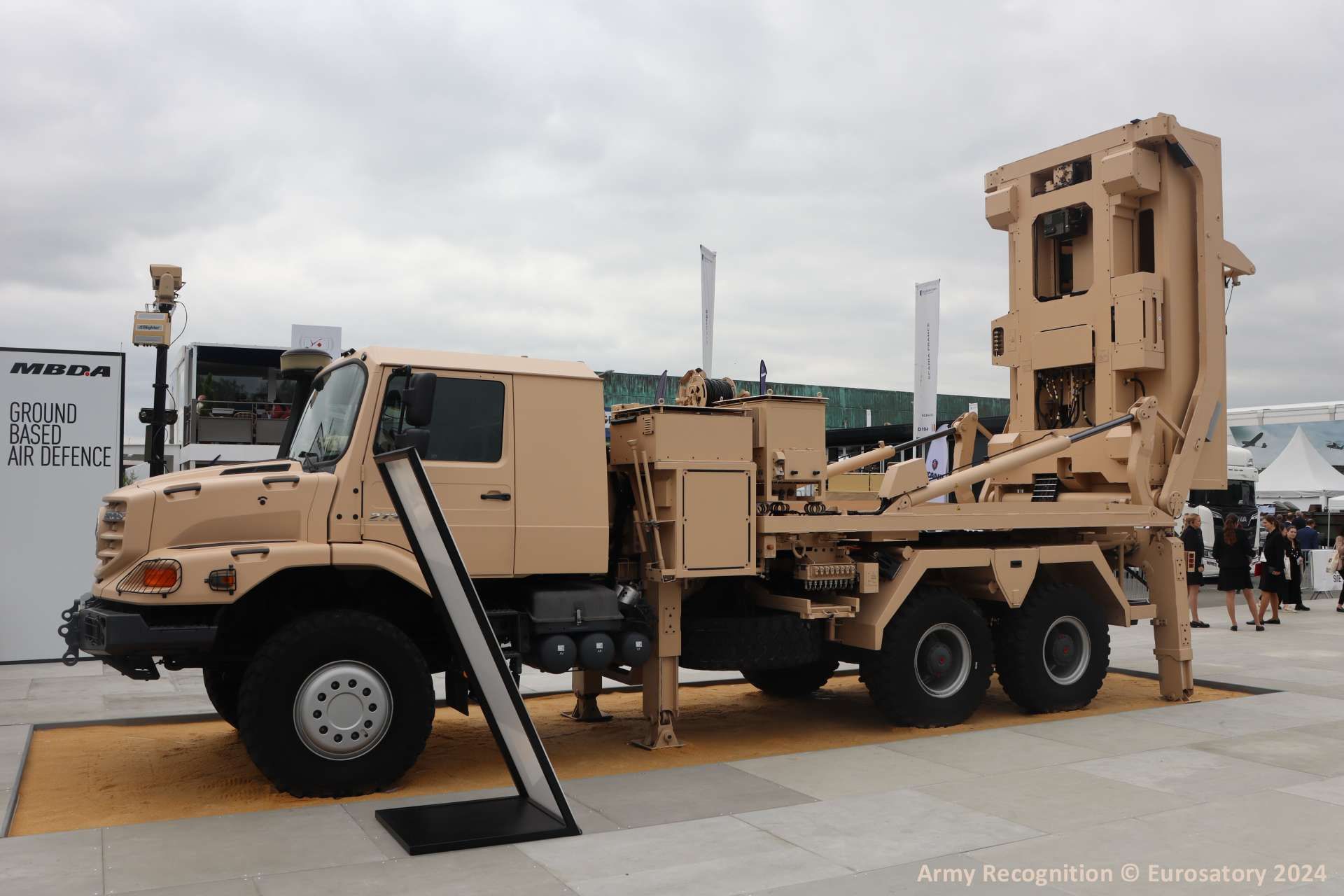Breaking News
French Air Force deploys VL MICA air defense system for the first time to secure Paris 2024 Olympics.
On August 2, 2024, BFM Marseille Provence reported that the French Air and Space Force has deployed the VL MICA air defense system for the first time operationally to secure the skies over Marseille during the Paris 2024 Olympic Games. This deployment aims to protect restricted zones from aerial threats and will remain in place until the end of the Olympic events. The system has been installed on the heights of Marseille since early July to safeguard key locations, including the marina hosting the sailing competitions.
Follow Army Recognition on Google News at this link

The VL MICA air defense system has been installed on the heights of Marseille since early July to safeguard key locations, including the marina hosting the sailing competitions. (Picture source: Twitter/BFM Marseille Provence and Armée de l'Air et de l'Espace/Stéphane Barrat)
General Stéphane Groën, the commander of the aerial security operations for the Olympics, stated that the VL MICA, deployed to secure areas where flying aircraft are prohibited during the Paris 2024 Olympic Games, could counter a 9/11-type threat targeting Marseille's city center or the Olympic venues. If a threat is identified as hostile, operators will receive orders to neutralize it. This system, in place since early July, will remain active until the end of the Olympic Games to protect the marina where the sailing events are held. This deployment marks the first operational use of such a system by the French Air and Space Force, happening under the name "Operation Sentinelle JOP 2024."
As further confirmed by MBDA on August 1, 2024, the needs of the armed forces during the Olympic and Paralympic Games include responding to DPSA (Dispositif Particulier de Surveillance Aérienne) requirements, a special air security arrangement implemented during major events in France. MBDA provided the armed forces with two VL MICA systems, acquired as part of the reactive acquisition force and delivered to the Air Force within thirteen months. This contract for the Paris Olympics represents a notable milestone for MBDA, marking the introduction of VL MICA in France in its land version and its first use by French forces.
As revealed on June 19, 2024, during Eurosatory 2024, the French Ministry of the Armed Forces confirmed the delivery of two MICA VL air defense systems to the French Air and Space Force. This announcement followed the January 2024 decision that 12 VL MICA systems would replace the Crotale NG systems by 2035. The first two MICA VL systems, which filled the gap left by the transfer of Crotale NG systems to Ukraine, were delivered before the summer of 2024 to enhance security for the upcoming Paris Olympic and Paralympic Games. This air defense system, a ground-based variant of the MICA missile, required integration efforts but benefited from its existing qualification and production status. The system, already known to the French Air and Space Force, allows interception of threats in all weather conditions, providing 360-degree coverage within a 20-kilometer radius and up to 9 kilometers in altitude.

The VL MICA, introduced in 2010, is a ground and naval-based variant of the MICA missile, initially developed in 1996 by MBDA for French Rafale and Mirage 2000 fighters. (Picture source: MBDA)
This procurement of 12 VL MICA air defense systems aligns with a French National Assembly's report submitted on October 14, 2023. The 2024 finance bill proposed increasing the budget for Program 146, Equipment of the Forces, to €24.4 billion in commitments (a 3.7% increase) and €16.6 billion in payments (a 7.9% increase). This budget increase supports the armament programs initiated by the 2019-2025 Military Programming Law (LPM) and continues with the 2024-2030 LPM.
Under this framework, the 2024-2030 LPM allocates €5 billion to surface-to-air defense, funding various anti-aircraft weaponry programs. This funding aims to modernize and develop existing capacities, consolidating the stockpile of anti-aircraft missiles, and follows a war economy logic. The emphasis is on medium-range and low-layer ground-to-air defense. The DSABC program, launched in 2023, aims to renew and modernize short-range surface-to-air defense capabilities for the Army, Air and Space Force, and Navy. Priorities include renewing the short-range Crotale component for the Air and Space Force, creating a mobile and protected terrestrial maneuver support component for the Army, and ensuring the self-protection of second-tier ships for the Navy.
The initial phase of the DSABC program involves increasing the stock of Mistral missiles and acquiring two MICA surface-to-air missile systems. In 2024, an initial batch of Mistral missiles and the two VL MICA systems will be received. The budget for this increment is €702 million in commitments and €107 million in payments, with an additional €523 million in commitments expected in the following year. This investment aims to strengthen France's surface-to-air defense capabilities.

Recent developments include the VL MICA NG (New Generation), which extends the range to 40 kilometers with improved propulsion and more advanced seekers. (Picture source: Army Recognition)
The MICA (Missile d'Interception, de Combat et d'Auto-défense - Interception, Combat, and Self-protection Missile), developed by MBDA, is an anti-air multi-target, all-weather, fire-and-forget missile system designed for short and medium-range use by air platforms, ground units, and ships. Initially developed in 1996 for French Rafale and Mirage 2000 fighters, the MICA features dual seeker technology with infrared (IR) and radio frequency (RF) guidance, allowing it to engage various targets under different weather conditions. The fire-and-forget capability enables simultaneous engagement of multiple targets. The MICA system is utilized by several air forces, including those of France, UAE, Greece, and Taiwan.
The VL MICA, introduced in 2010, is a ground and naval-based variant of the MICA missile, providing short-range air defense. It retains the dual seeker technology, providing 360-degree coverage and a high rate of fire, with a two-second launch interval. The system can engage targets within a range of up to 20 kilometers and altitudes over 9 kilometers. Recent developments include the VL MICA NG (New Generation), which extends the range to 40 kilometers with improved propulsion and advanced seekers.
The VL MICA system is capable of engaging a wide range of aerial threats, including aircraft, helicopters, drones, and tactical and cruise missiles. In the French armed forces, each system comprises a Tactical Operations Center (TOC) connected to two vertical launchers, each equipped with four interceptor missiles, and a GM200 radar produced by Thales. The TOC houses all operational functions, including consoles for engagement coordination and tactical integration. The system is particularly effective against saturation attacks by low-signature targets such as guided bombs or missiles.


























